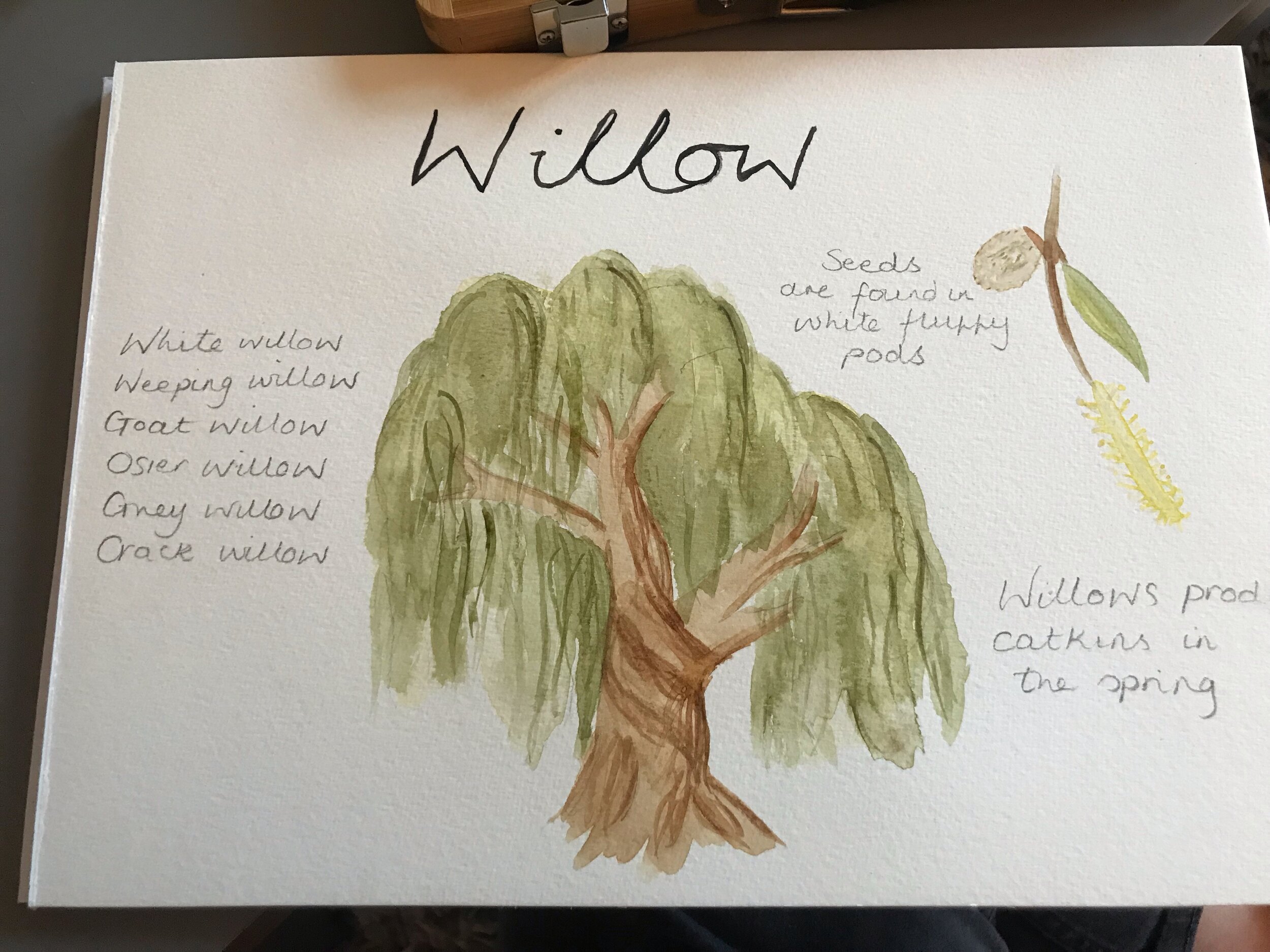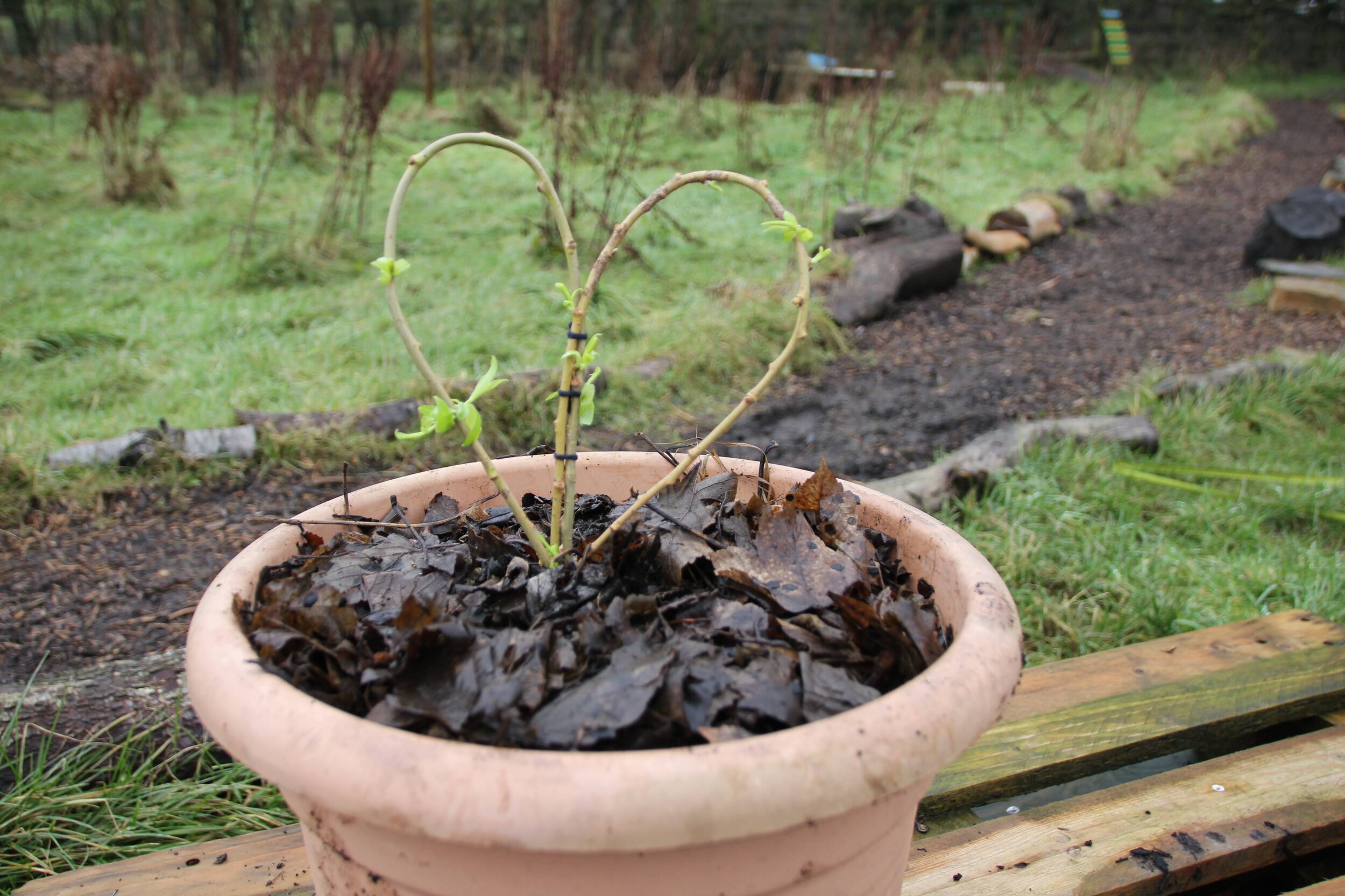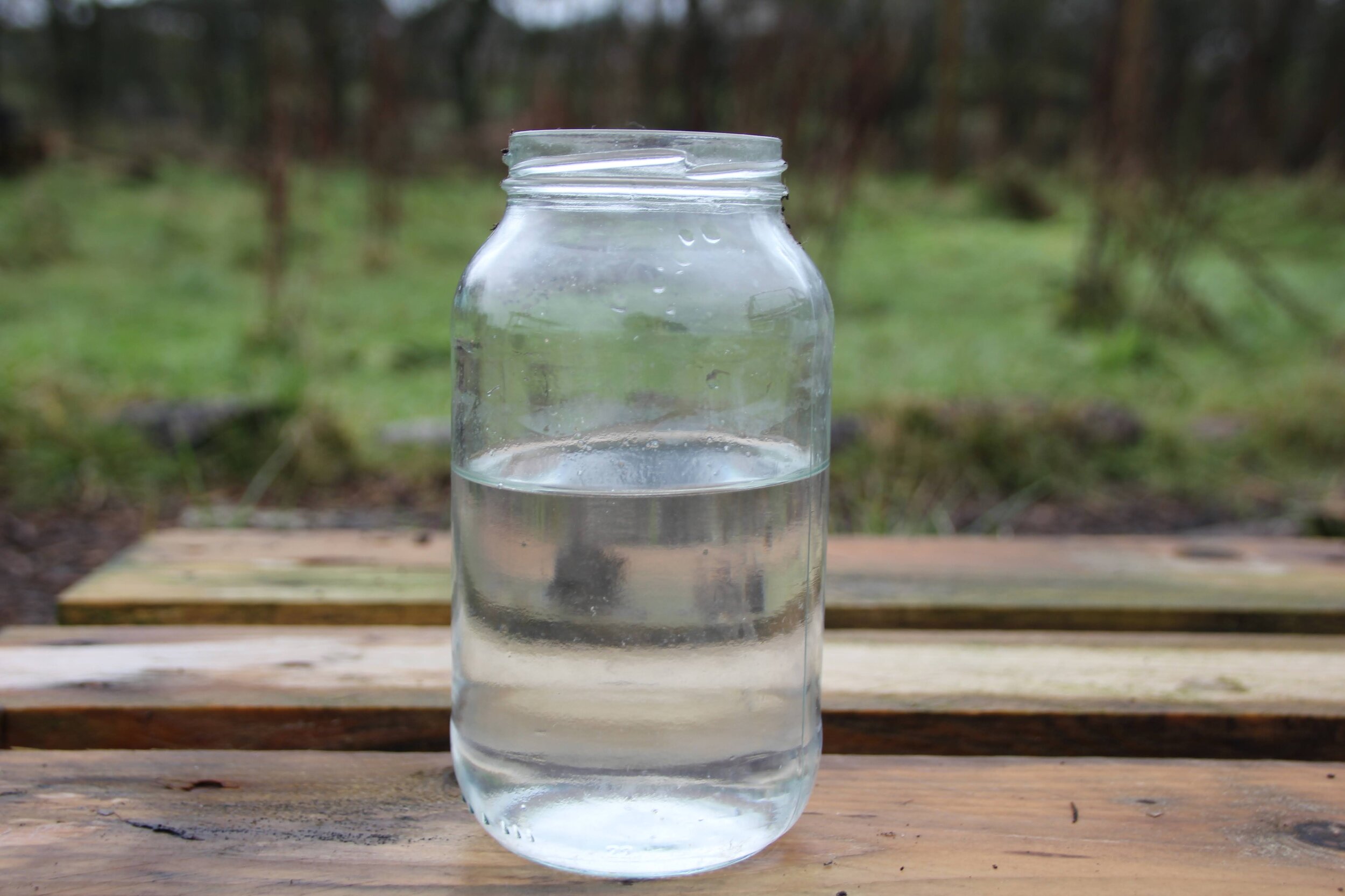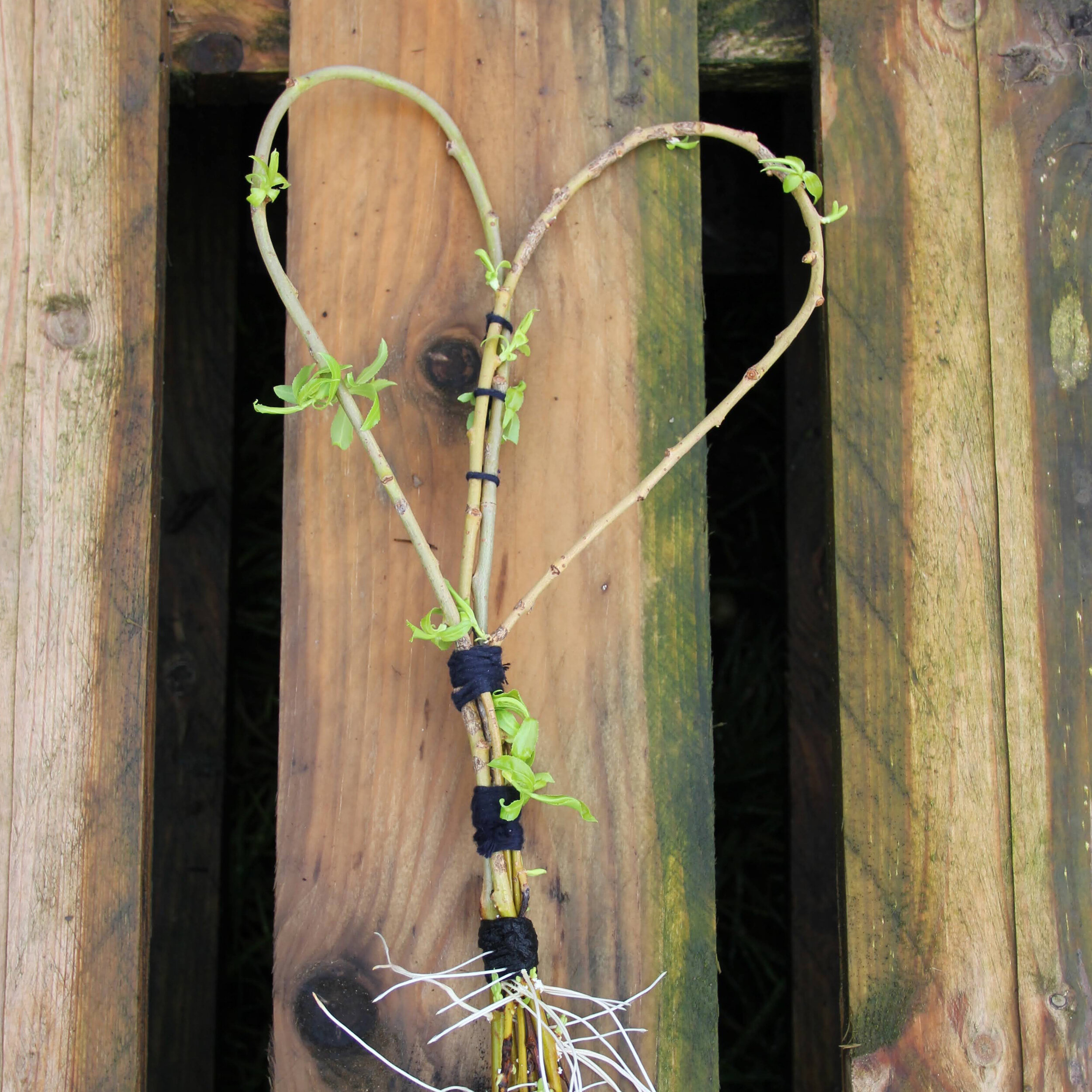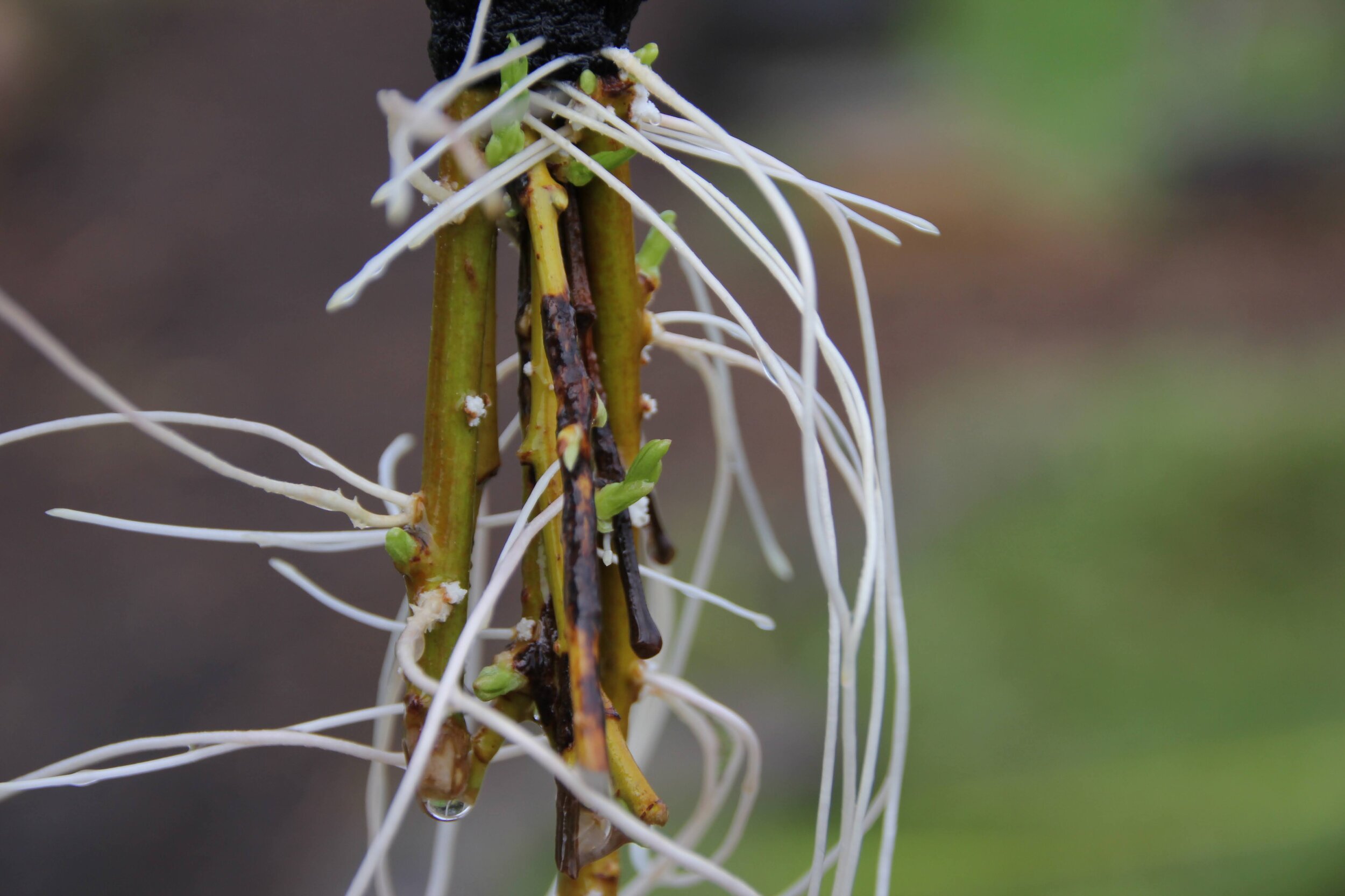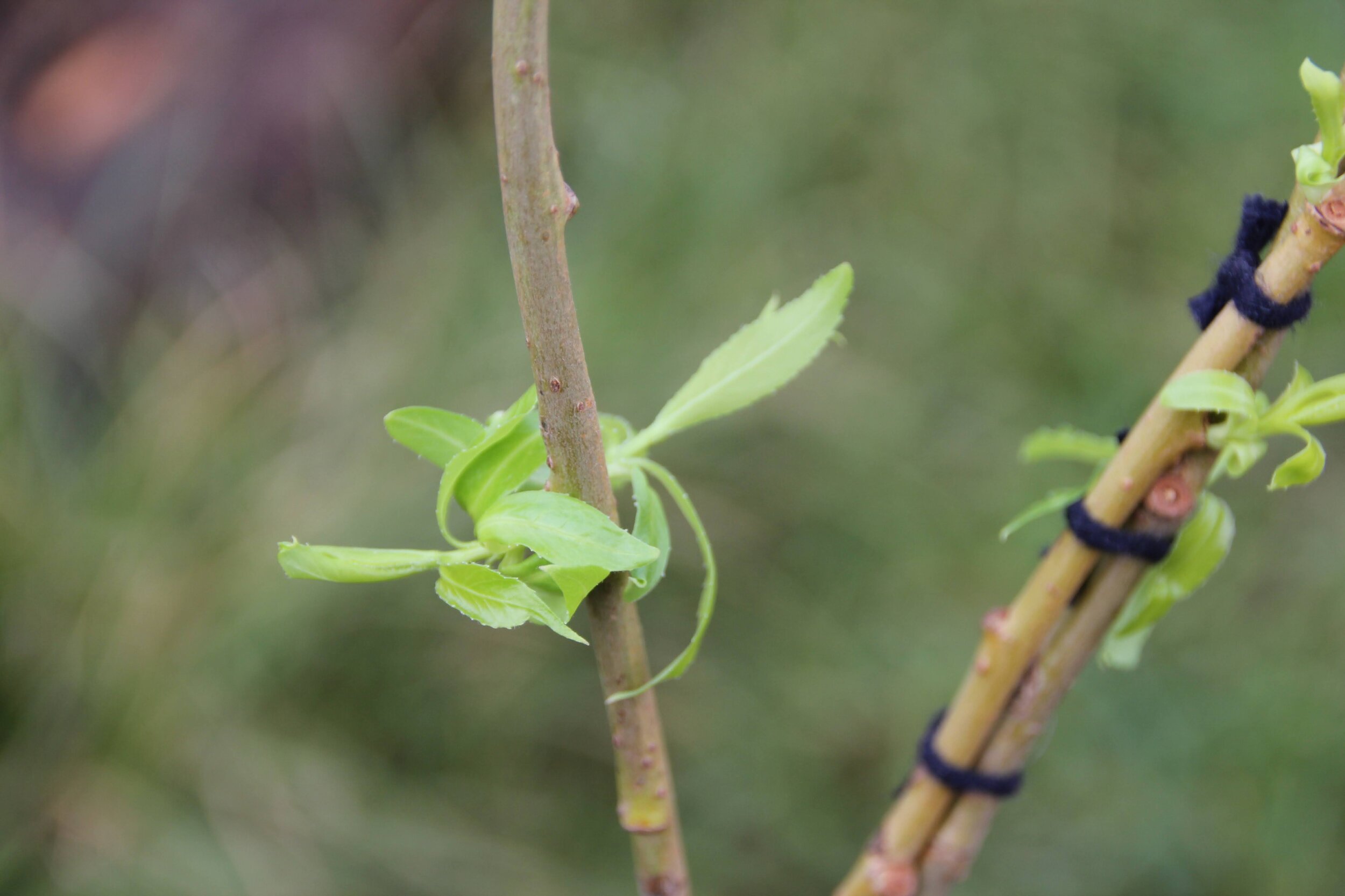Willow Hearts
Trees, like humans, are all very different. They look different, they sound different and they even need different things to help them grow. This Homestead Series piece is introducing the wonderful Willow tree. Learning more about how to appreciate the tree, spot it on our adventures and taking only what we need, if we need it.
The willow is a tree which loves water. You’ll find the willow trees near ponds, lakes, rivers and even babbling brooks. It’s a very wise, old tree which grows deep cracks in its bark the older it gets, growing large, hanging its branches low, moving with the wind. Willow has been used for centuries in the management of pain. It’s young shoots being chewed for relief, salicylic acid is now used in aspirin.
When you’re off on your adventures, look for the trees close to water, do they have gnarled bark and twists in the trunk? If they hang low to the water it might well be a willow. The Woodland Trust have lots of lovely resources for helping you identify trees, this is your first challenge. In the winter, the iconic weeping willow is quite distinctive with its low drooping branches and long flexible twigs. In the spring you’ll find beautiful male catkins and stunning red female flowers. Be sure to look out for them.
“Willow’s ability to quickly regrow from coppiced or pollarded trees, growing several feet in one season, or the ease with which a new tree can be grown merely by pushing a healthy branch cutting into the soil (even upside down!), has come to symbolise renewal, growth, vitality and immortality” Trees For Life
You’ll see little patches of willow growing around Kith, all tested out during our first year. Some have taken really well and others not. 2021 will see us really understanding this beautiful tree more with new willow structures arriving soon.
Once you’ve appreciated the beauty of the willow out in the wilds, you’re then able to begin forming a project plan of how you’d like to welcome a piece into your home. Be sure to ask the permission of the willow before snipping anything from her boughs, respect for the trees goes a long way in connecting with nature, no matter how silly you might feel.
Here’s a little starter for you to give a go.
PS these make lovely valentines gifts, magical wands and beautiful decorations… be sure to check out the tip at the end.
Materials Needed:
2 long fresh twigs of willow
If they’re not so fresh, dunk them in water for an hour or so to bring back the moisture to make it more pliable
Twine/cotton/yarn/string whatever you have around the house
Scissors
How to make your willow heart…
Take your two long willow sticks, holding them together in one hand, right at the bottom of the sticks.
Gently tie them with a piece of string. You might want to take this one off a the end so tie it loosely to begin with.
Loop the top of one of the sticks down and back towards the bottom where you’re holding, tuck it into your hand. Do the same with the other one.
Adjust them until they look heart shaped. Tie a piece of string where they fall naturally, looking most “heart like.”
Decorate them as you please. Adding sprigs of lavender, rosemary or flowers. Add scraps of yarn or pieces of ribbon.
Just a tip…
You might be able to help your willow heart to produce shoots, re-growing a whole new willow tree. Pop your willow heart into some water, near a sunny warm window for a little while and see if it begins to sprout new leaves.
**Update 8.2.21
Our willow heart grew beautifully on a sunny windowsill. It grew roots and new shoots and it needed a new home once it got too big for the jar.
See the pictures below for how it’s looking today.

